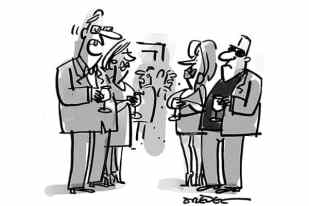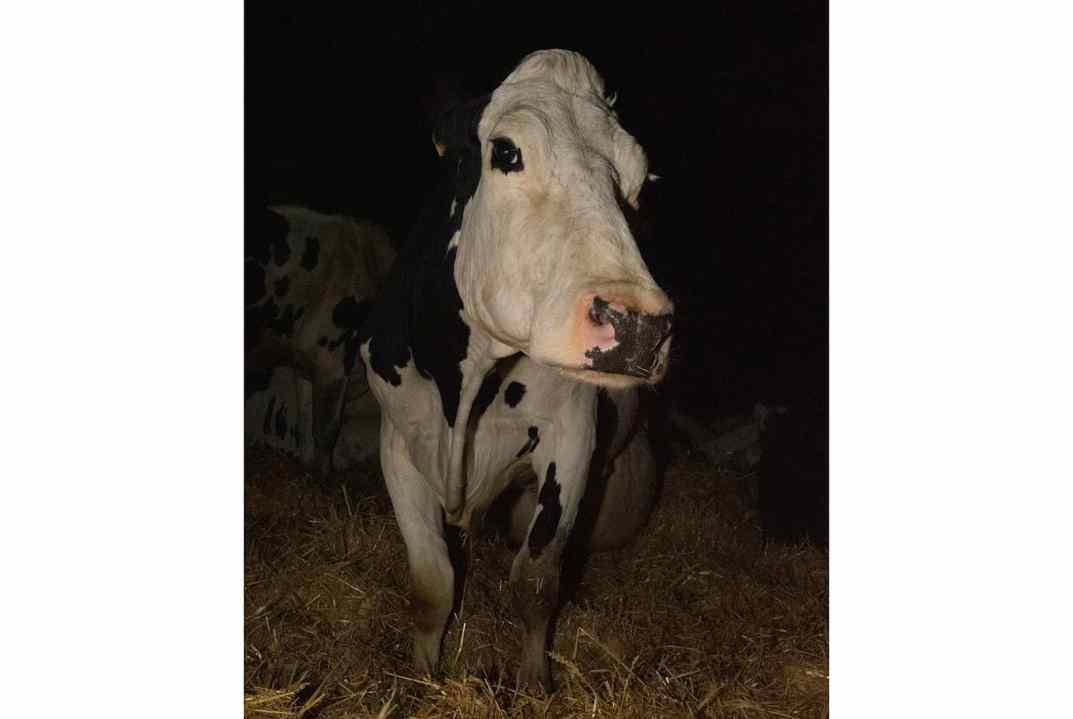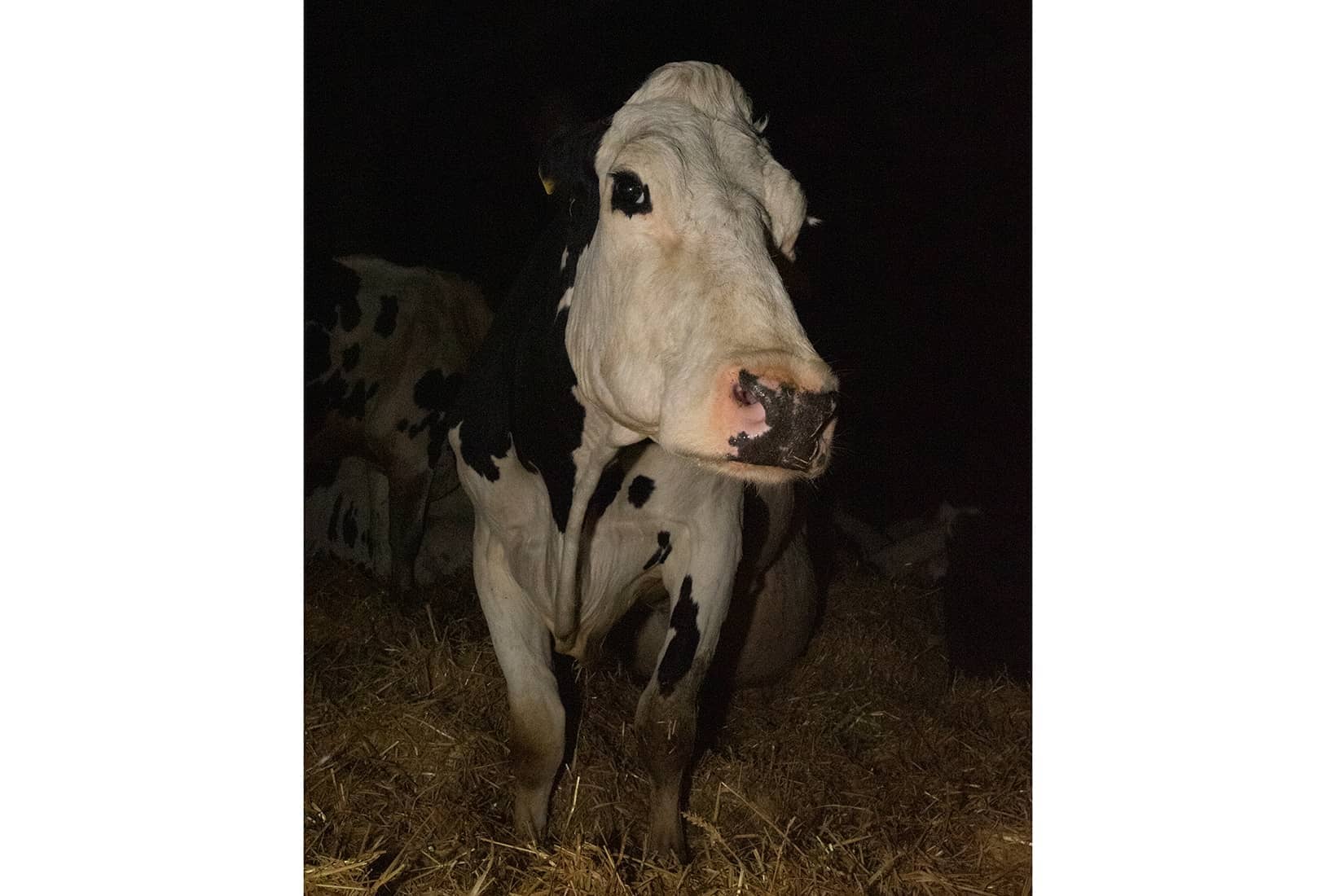The latest film from Andrea Arnold (Red Road, Fish Tank, American Honey) is a feature-length documentary about a cow, starring a cow, with almost nothing else in it, apart from this cow. It feels like a test. Can I watch a cow for 93 minutes? What does this cow do that’s so interesting? I see cows all the time from the train and they just sort of lounge about, ruminating, don’t they? But this wants you to look, really look, at what it is to be a cow. And you do and you will invest. (Oh, Luma.)
Arnold spent four years, off and on, filming Luma, a cow at a dairy farm in Kent. Luma looms from the dark background of one of the film’s stills like a Rembrandt. You’d look, really look, if she were hanging in the Rijksmuseum, Arnold seems to be saying. Luma has black smudges on her nose and a dot beneath an eye. Her eyes are huge, round and gorgeous and are framed by Kardashian-like eyelashes. But Luma is not a Disney cow. Luma is wholly in service to humankind. She does not suffer mistreatment as such. There are the occasional glimpses of farmhands and they always appear cheery. (‘Come on, girlies.’) But you do understand that violence is somehow being done.

The film opens with Luma giving birth to her latest calf, which is pulled out via those ropes as always seen on All Creatures Great And Small or Yorkshire Vet. But whereas those shows end there — a happy birth! — this does not. Luma licks her calf all over and raises it to its feet but then the two are separated. Luma’s milk is solely for human consumption so she’s led to the milking machines, still with the afterbirth dangling between her legs. The calf desperately tries to suckle anything — the farmhand’s fingers, the railings of its pen — before it is given a bottle. Luma bellows piteously. Is she crying for her baby? The calf seems discombobulated and bashes about. Is it seeking its mother? You will wonder: am I anthropomorphising? But also: am I wilfully ignoring suffering if I don’t?
The film is intimate, with the camera mostly at Luma’s level, thereby giving us a cow’s-eye view of the world. Arnold isn’t waving any flags. There is no commentary. You just get to be alongside Luma as she’s milked, mated, has a baby that is taken away from her, over and over. It’s relentless. She can never kick back and say: ‘I’ve decided to take two weeks off in July, if that’s OK.’ And it makes you question why we drink cow’s milk in the first instance. Why not dog’s milk? Why not hippo’s milk? It would make as much sense. Obviously, if you want to trade something for magic beans, it has to be a cow. But otherwise?
It is unflinching and bleak but there are also moments of beauty. When the cows are released into pasture in the spring they race and gambol with joy. Cows are not graceful creatures, and watching Luma gambol so clumsily is somehow doubly affecting. There is also a dazzling moment when the silhouettes of the herd are caught under a starlit night sky. But the ending is emotionally challenging, shall we say.
The next time I went to put milk in my tea, I felt Luma’s big eyes upon me
I would also say that I’m not sure who this film is for. Vegans already know all about the dairy industry, presumably, while everyone else won’t bother with the film as they won’t wish to look, really look. (Linda McCartney once said that no one would eat meat if they visited an abattoir, but no one chooses to visit an abattoir.) I can only say that the next time I went to put milk in my tea I did feel Luma’s big eyes upon me. So it is absolutely haunting in that way. And I won’t look at cows from the train in the same way ever again.







Comments